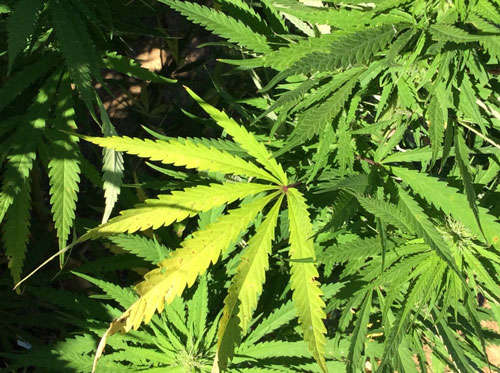
After the election on November 8, marijuana is now or will soon be legal for adult recreational use in eight states plus the District of Columbia. These states, and those that may join them in the future, will have choices to make in how they enact and implement their policies. Careful thought should be given to creating regulatory frameworks that prioritize public health. Science needs to be the guide.
A 2015 report prepared by the RAND Corporation for the state of Vermont pointed out that marijuana policy need not be seen as a binary choice between maintaining the status quo (prohibition) or putting in place a for-profit commercial model, such as those that now exist in Colorado and Washington. The latter could create an industry that stands to profit from encouraging heavy drug use by aggressively marketing its product and lobbying for less regulation. Heavy users account for the majority of sales currently in both the alcohol and tobacco industry. But a broad spectrum of models exists, varying in terms of who can provide marijuana (the state versus private or not-for-profit entities), what regulations govern how they operate, what kinds of products can be produced and distributed, including potency of the products, and how they are priced.
Our country’s experience with other legal drugs provides useful lessons for states to consider. Alcohol is often seen as the most obvious comparison to marijuana, as it is a legal drug with wide range of health and safety risks but also a history of prohibition that is now viewed by most as having been a failure. There are definite policy lessons to be learned from our country’s experience with alcohol; raising the legal drinking age to 21 in the 1980s, for example, was associated with significant reductions in alcohol use and car crashes in young adults. But alcohol remains widely misused in all age groups, is cheap and readily available in most locales, and numerous adverse health and safety outcomes are attributable to it.
The U.S. experience with tobacco offers a different set of important and useful lessons. We have seen continuous reductions in cigarette smoking and corresponding gains in public health for decades thanks to a number of efforts aimed at reducing demand for tobacco products, including significant increases in tobacco taxes, comprehensive smoke-free laws, hard-hitting media campaigns, and offering help for smokers to quit. In a recent article in PLOS Medicine, University of California San Francisco tobacco policy researchers Rachel Ann Barry and Stanton Glantz argue that a framework for marijuana that restricts demand by making marijuana expensive and its use socially non-normative, similar to current tobacco policies, would help prevent marijuana from playing the same deleterious role in Americans’ health and safety that alcohol misuse now does.
The degree of marijuana’s harms relative to alcohol and tobacco remains widely debated, but there is no doubt that harms exist. Marijuana raises car crash risk; in some studies it has been associated with neurodevelopmental problems in prenatally exposed children; and its use by adolescents has been linked to cognitive impairments and poor educational outcomes and well-being. Although we still don’t know whether marijuana raises lung cancer risk, we know it can adversely affect lung and heart health, potentially even via secondhand exposure. It is also addictive. Thus the wide societal perception that marijuana is a safe drug is not accurate. Absent appropriate regulation focused on protecting public health, the marijuana industry will capitalize on this misperception to increase demand for their product.
At this juncture, there is an opportunity to conduct research on the impacts of marijuana policies now existing in different states and countries, and examine the range of options that have not yet been tried. Research needs to explore which policy structures—beyond simply prohibition or free market—are most likely to keep harms to a minimum. Where the public health is at stake, policy should be guided by science.
